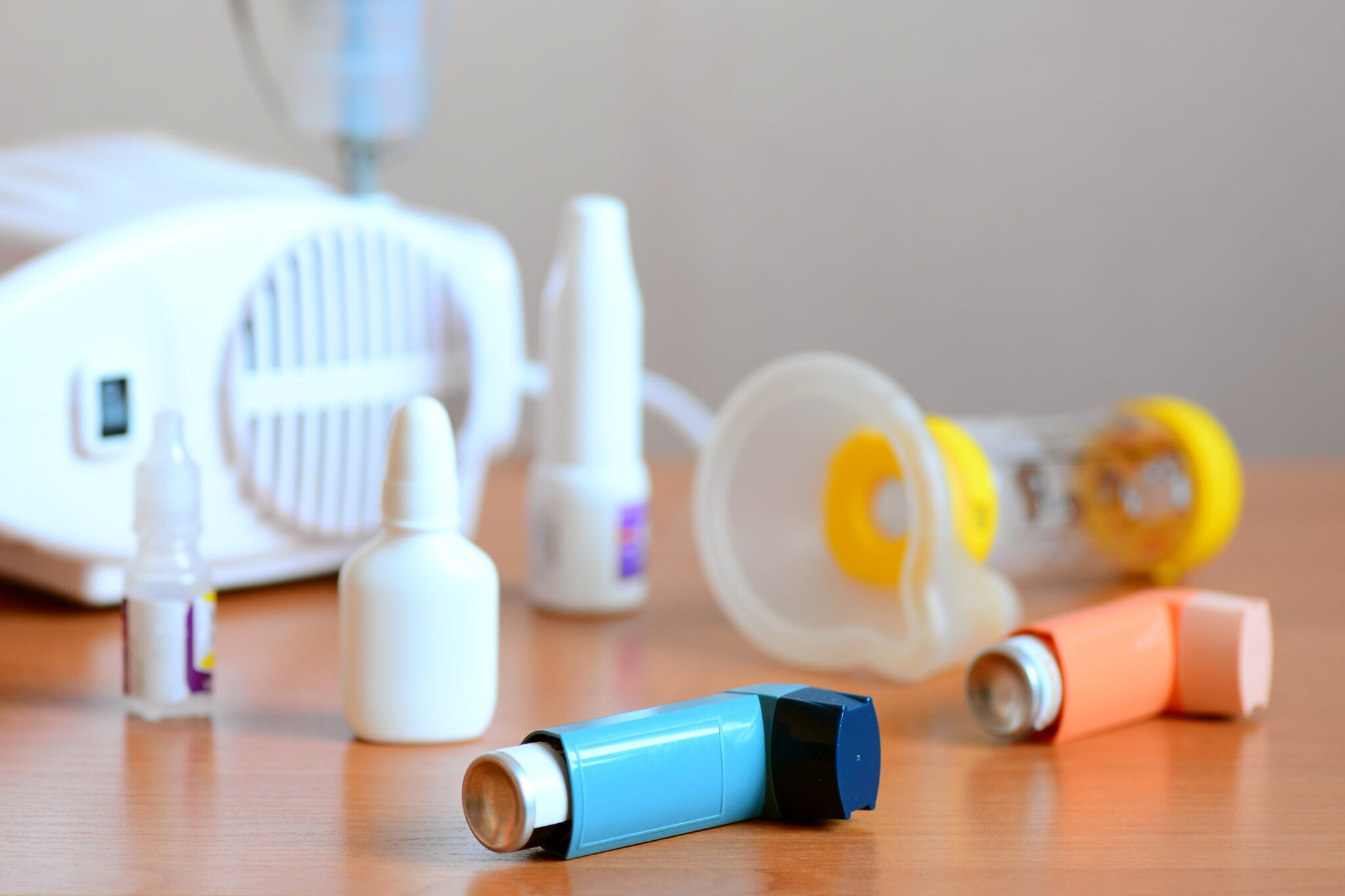Early prediction of asthma attacks in children can be improved by combining clinical history with biologic markers. In a recent study of 154 school-aged children with asthma (121 in the discovery cohort, 33 in replication), researchers compared models built on prior severe attacks, salivary microbiome data, and serum inflammatory mediators. Using only past attacks achieved moderate performance (area under the receiving characteristic curve [AUROCC] ≈ 0.7), and models using either six oral bacteria or six serum mediators performed similarly. Importantly, these biologic signatures are noninvasive and could be incorporated into routine follow-up.
The strongest model integrated all domains: history of attacks plus specific oral taxa (Capnocytophaga, Corynebacterium, Cardiobacterium) and serum markers (TIMP-4, VEGF, MIP-3β), reaching an AUROCC of about 0.87 in the discovery cohort, and 0.84 in the U-BIOPRED replication (with available markers). This shows that oral microbiota and systemic inflammation provide additive value beyond clinical history for identifying children at risk, supporting further work on host–microbe interactions in pediatric asthma. Such multimodal models could help clinicians triage which children need stepped-up controller therapy or closer monitoring. Larger, longitudinal cohorts will be useful to confirm stability of these markers over time and across asthma phenotypes.
Reference: Shahbazi Khamas S, Brinkman P, Neerincx AH, et al. Complementary Predictors for Asthma Attack Prediction in Children: Salivary Microbiome, Serum Inflammatory Mediators, and Past Attack History. Allergy. 2025. doi: 10.1111/all.70004.








